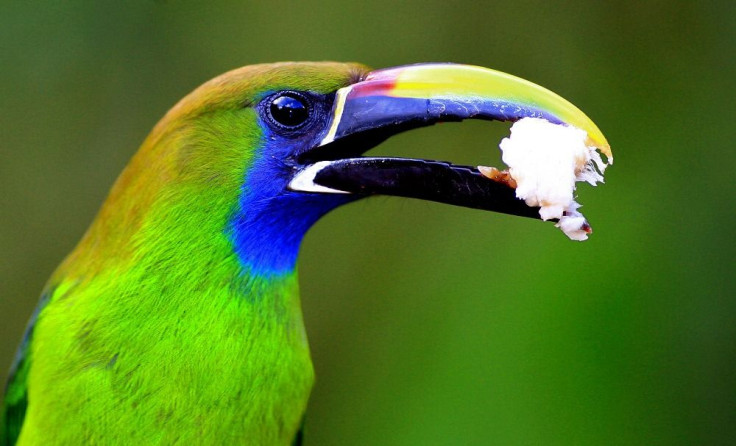Colours May Soon Be Produced From Bird Feathers And Not Dyes And Pigments

A new study from the University of Akron, or UA, may soon create colours that do not fade with time, with help from colourful birds, according to a report from Science Daily. The research is focused on replicating the structure of the colour patterns seen in bird feathers to create colours that could soon phase out the use of dyes and pigments.
A structural colour will not lose its hue and one can change it based on preference, the report says. UA associate professor Matthew Shawkey, colleague Ali Dhinojwala a professor of Polymer Science and graduate student Ming Xiao has published a recent paper on the project that is in collaboration with the University of California in San Diego. The research aims at generating synthetic particles that mimic melanin found in bird feathers.
The structural colours found in the melanin in feathers are packed in layers and they are produced from interaction coming from light and “submicron scale periodic structures”, which then creates hues that can either be brighter or darker.
According to the published study, structural colours are notable because of its capability of tuning colours and its resistance to chemical bleaching. The approach of recreating the process makes it desirable for developing synthetic materials. Science Daily also reports that the findings are a great example of how human life can be improved by replicating processes commonly seen in nature.
Structural colour can have a wide array of potential functions. It can be applied in photo-protectors, sensors, and creating colours without the need of pigments, according to Dhinojwala. Shawkey also sees the benefits of structural colour since it can be environmentally and financially practical as opposed to pigments.
In theory, these colours can be reproduced from environment-friendly and commonly available materials. The report was published on May 2015 and can be found in the journal ACS Nano.
To report problems or leave feedback on this article, email: wendylemeric@gmail.com.





















